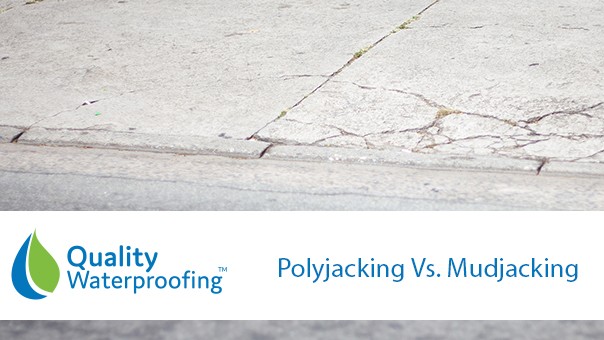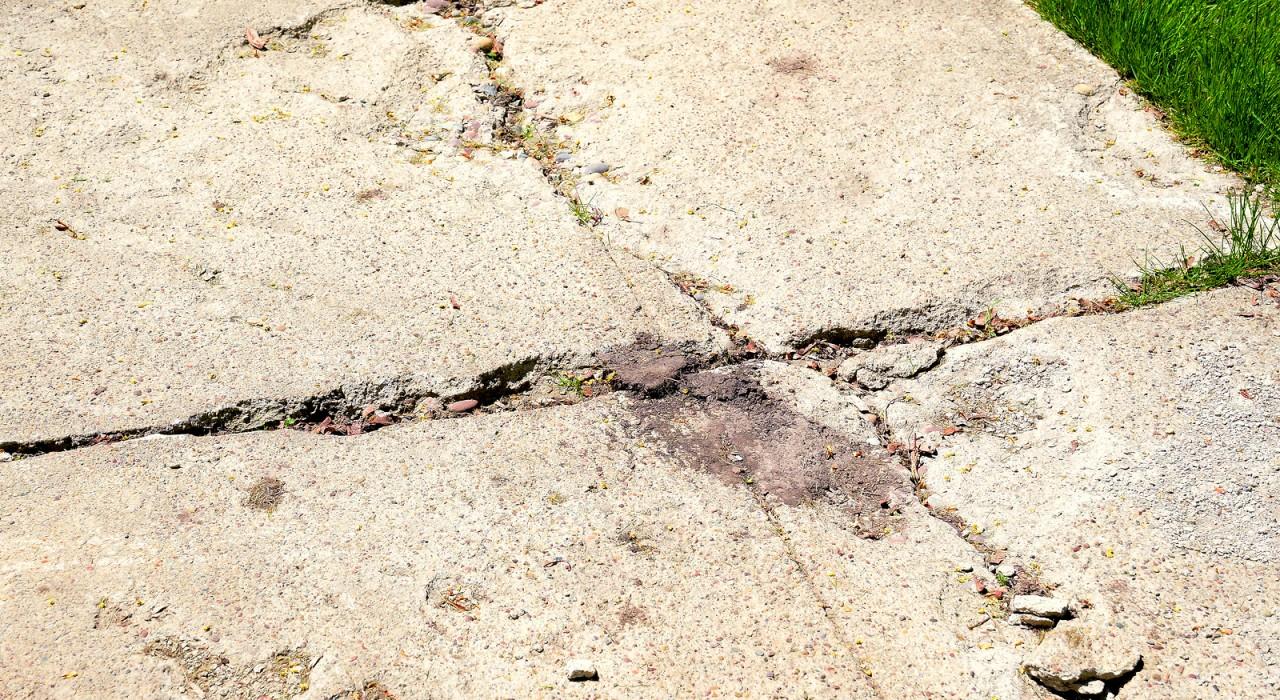Polyjacking Vs. Mudjacking
Like all things, when we have a method it works as well as we expect it too. This was true with many inventions, such as the cell phone, the automobile, the computer, etc. They all get better and better over time as we develop them. This is no different when referring to concrete raising. Mudjacking used to be the best method to use should you need your concrete slab lifted because it as sunk. The new best method for concrete slab lifting is polyjacking. Polyjacking generally follows a similar technique as mudjacking, so there isn't much of a learning curve. However, the materials and steps involved in polyjacking are different. This proves to be a much more effective way of lifting the slab while being less invasive as well. We will be discussing the reasons why polyjacking is a better solution for Concrete Raising and why this is.
1. Difference in Material
In mudjacking, we use a material which is composed of mud which is then mixed with cement. This is a messy slurry that gets a lot of things dirty should we not be careful. However, whenever we use the polyjacking method, we use a polyurethane material which is less invasive for the soil and takes less to achieve the same effect that mudjacking does.
2. Minimally Invasive
The act of concrete slab lifting itself is invasive. No matter what, we will have to drill a hole, or holes into the concrete slab in order for there to be a way for us to lift it up. However, we can control how invasive it is. When we use our mudjacking method, we must drill a 1-inch hole or multiple of these and a lot of mud-cement mix in order to lift the concrete slab up. However, when we use the polyjacking method, we only have to drill a hole which is around 5/8th inch large, or several depending on the slab size. Using Polyurethane to raise the slab is less invasive as well. We can use a lot less polyurethane to achieve the same effect that would require a lot of the mud mixture.
3. Better for the soil
Mud mixture has proved to be very poor when considering the soil and has a tendency to overburden it easily, which can mean that the slab will probably sink again at some point due to all of the added weight. When using Polyeurethane, we can provide the same raising effect we are looking for, whilst using a lot less of it. This allows for less disruption in the soil, which in turn has less chance of proving detrimental to things around the concrete itself, such as plants.
4. Polyurethane is faster
There is a much longer curing time for the mud mixture. We sometimes see a wait time of up to three days, which is far too long to wait considering the slab should not be used for that length of time at all to ensure proper settling in. Polyurethane, on the other hand, can reach its max rigidity in around an hour. This proves the job much easier for you because it will less impact your daily routine.



